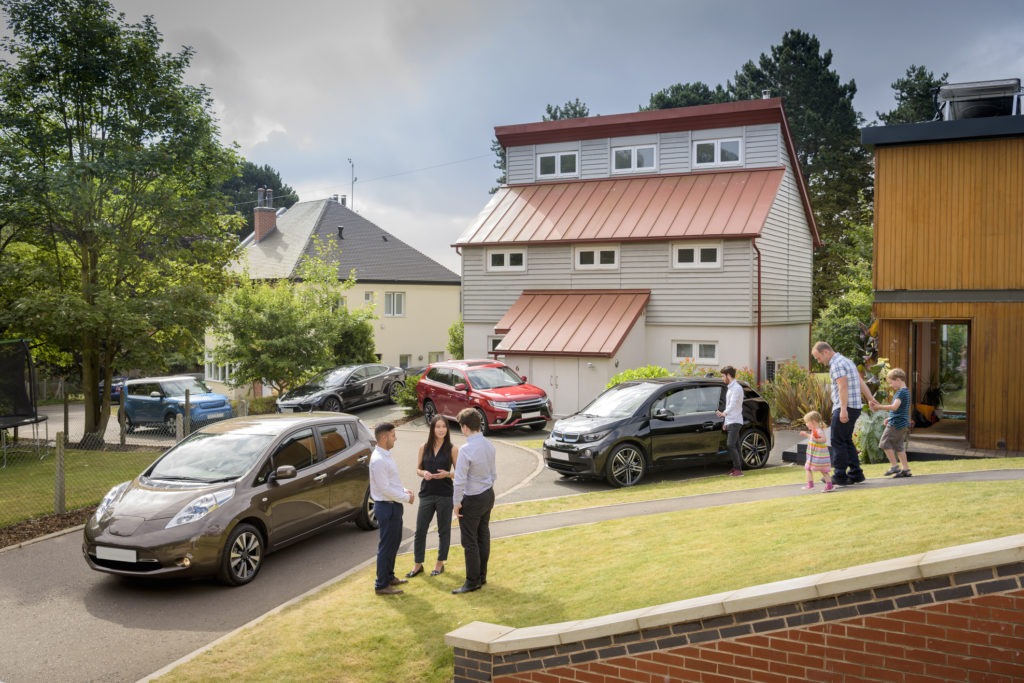Why BEVs are calling the Nordics home
24 June 2019

24 June 2019
By Markus Halonen
Battery electric vehicles (BEVs) are struggling to find a place for themselves in today’s competitive European car market. While typically holding a 1-2% market share in the EU, the vehicle type has found some success in the Nordic region. In Norway for example, BEVs held a 48.5% share of the new car market in the first quarter of 2019.
Markus Halonen, Head of Statistical Analysis, Stats and Research at Autovista Group, highlights the potential stumbling blocks for further BEV expansion.
″Right now it’s hard to compensate for the expensive upfront prices of BEVs (a typical BEV can be twice the price of a comparable ICE vehicle), this problem is exacerbated by sharp depreciations in value.″
|
Country |
Incentives |
|
Norway |
No purchase/import taxes No annual road tax Exemption from 25% VAT on purchase |
|
Sweden |
Grant up to 25% of new car purchase 50% grant on instillation of charging stations |
|
Iceland |
Grant on new car purchase |
|
Finland |
€2000 subsidy for BEVs priced up to €50,000 |
|
Denmark |
Registration tax reduction up to DKK40,000 (€5360) |
Potential for success
It’s clear that BEVs and hybrids have potential in the Nordics. Many countries already have pre-existing charging infrastructures and governments tend to be more open to an electrified future than their European counterparts.
Here in Finland, we have a steep CO2-based registration tax. This provides a strong incentive to buy BEVs or plug-in hybrids as they have much lower tax due to their lower emission levels. The Finnish Government also provides a €2000 subsidy for buyers of BEVs.
Norway is the main success story on the electrified front and the country could see BEVs claim a 50% market share by the end of 2019, although there have been difficulties in supply matching demand.
It’s not uncommon for those living in the Nordics to have an electric charging station at home and/or near the office, which partially solves the issue of charging infrastructure. Furthermore, these stations also serve the important function of pre-heating vehicles and engines during the winter months (we have VERY cold winters here in the Nordics).
Additionally, a combustion engine’s operating efficiency is typically only around 25%, meaning most of the energy it uses transforms into heat which is then lost. Comparatively, BEVs have operating efficiency over 90%, giving additional fuel efficiency. This is attractive to all buyers, not just those with green credentials.
Sweden is another Nordic country seeing some encouraging signs in terms of BEV market share according to our regional Autovista experts:
″While in 2017 BEVs only accounted for only 1% of the new car registrations in Sweden, their share increased quarter by quarter in 2018, reaching 4.3% share in Q4 last year.″
Ralf Sulzbach, Senior Project Manager Consulting, Autovista Intelligence
Roadblocks
While some Nordic countries are off to a good start in the BEV race, there are yet more hurdles to overcome before the region can claim to be truly BEV ready.
While many homes have charging stations to heat vehicles in cold winters, the batteries don’t work efficiently during these months due to the cold. Energy consumption typically increases by 30-40 % when below -15C, meaning the range of BEVs at full charge is decreased during these months.
Despite the incentives provided by the respective governments, BEVs haven’t yet carved out a significant chunk of the market in some Nordic countries. Their market share thus far in 2019 has been little over 1% here in Finland for example. One reason for this is that it’s hard to compensate for expensive upfront prices for BEVs (a typical BEV can be twice the price of a comparable ICE vehicle), this problem is exacerbated by sharp depreciations in value.
Despite these problems, the residual values of electrified vehicles are on the up in many countries including Sweden and Finland. This is an encouraging sign and could mean an increase in the market share of BEVs in the Nordics very soon.